Ergonomic Secrets: Reducing Neck and Shoulder Fatigue with Flit Lift in VR
Long VR sessions can turn immersive exploration into a grind: a front-heavy headset tugs the head forward, tiny micro-adjustments interrupt focus, and by the end of a marathon you’re dealing with stiff necks and sore traps. Flit Lift rethinks that experience with a dynamic, flit-lift-weightless-vr-comfort/ergonomics-explained-quantifying-the-comfort-benefits-of-dynamic-lifting-in-vr" rel="nofollow noopener noreferrer">gravity-assisted approach—moving the support point off the neck and onto larger torso muscles so you can play longer and stay more present. ⏱️ 10-min read
This article walks through why VR fatigue happens, how Flit Lift’s dynamic lifting and GraviPro accessories work, a practical Vision Pro setup, what players actually gain, and how developers and designers can integrate these systems. Expect hands-on steps, real-world examples, and actionable best practices you can use today to reduce discomfort and keep immersion intact.
Understanding VR Fatigue: Causes and Symptoms
VR fatigue is rarely mysterious: it’s a mechanical problem with human consequences. Most modern headsets—especially high-fidelity models like the Vision Pro—concentrate weight at the front where lenses, sensors, and batteries live. That forward bias creates a moment arm that the neck and upper back must resist. Over time, the small stabilizing muscles (cervical extensors, upper trapezius) tire, leading to a cascade of symptoms.
Common symptoms to watch for: a dull ache along the base of the skull, tightness across the shoulders and upper traps, reduced range of motion when turning the head, and scapular pain after repetitive sessions. Players also report subtle effects on gameplay—slower reaction times, more frequent pauses to adjust the headset, and shorter overall sessions because discomfort interrupts immersion.
Three practical contributors explain most cases: headset weight, extended arm reach when holding controllers, and prolonged static postures. Rapid head motions and repeated nods amplify the effect because every movement creates micro-shifts that demand constant muscular correction. Simple baseline strategies—posture awareness, micro-breaks every 20–30 minutes, and ramping up session length gradually—help, but they only go so far. That’s where redistributing the load becomes a useful ergonomic lever.
How Flit Lift Works: The Dynamic Lifting System
Flit Lift approaches the problem by treating the headset as a moving mass that needs dynamic support. Rather than a fixed rear strap or heavier headband, it uses a gravity-assisted, variable-lift architecture that reacts as you move. Tiny sensors embedded in the frame track head motion and load distribution; telescoping arms and low-friction pulleys respond smoothly to shifts, guiding cables and moving support points so the center of gravity stays near the torso instead of pulling you forward.
Mechanically, think of three synchronized elements: telescoping arms that extend and retract to follow pitch and yaw, inline pulleys that route supportive cables without jerks, and load sensors that measure how much effort the neck is supplying. When you nod, the arms subtly extend and redirect force toward the chest harness; when you look up, they retract to preserve alignment. The goal is not to make the headset weightless in a literal sense but to transfer much of the static flexion from small neck muscles to the stronger muscles of the torso and shoulders.
Users should engage the lift before powering into a session and set an initial height so the headset lines up with eye-level in a neutral posture. The system is tuned to be unobtrusive: you still turn your head naturally, but with noticeably less micro-correction and less forward head tilt. The design emphasis is on smoothness—no sudden tugs—so balance is maintained without drawing attention away from the virtual scene.
GraviPro Technology: Gravity-Assisted Accessories for Balance
GraviPro is the accessory suite that makes Flit Lift feel both stable and natural. Where the dynamic lift handles motion and redistribution, GraviPro provides passive stabilization and fine-tuned counterbalance so the headset stays aligned with your line of sight. The system includes gravity-assisted arms, modular fasteners, counterweights, and a load-distributing harness that work together to reduce drift and minimize micro-adjustments.
Key components and how they function: gravity-assisted arms provide passive resistance to small yaw, pitch, and roll shifts; counterweights shift the center of mass rearward toward the torso; the harness spreads load across the chest and upper back; and lightweight clamps and rails let you position elements exactly where you need them. Materials are chosen to balance rigidity with low mass—aluminum alloys for frames, carbon fiber where stiffness matters without extra weight, and soft, breathable padding at contact points.
Integration is modular by design. For narrow-chassis headsets you might use a minimal arm and slim counterweight; for bulkier systems like Vision Pro, a fuller rear cradle and a slightly larger ballast often yield the best balance. Start with a symmetrical fit, tighten straps evenly, and ensure the headset sits level. The result is steadier visuals—less head sway, fewer tiny nudges to recentre the view, and a smoother handoff between your inner ear sensors and the headset’s tracking systems.
Step-by-Step Setup for Vision Pro with Flit Lift
Fitting Flit Lift and GraviPro to a Vision Pro requires a deliberate, repeatable process. The aim is to position mount points, tune center-of-gravity (CG) settings, and check strap tension so the system shares load without creating new pressure points. Below is a practical setup workflow that many early adopters use to get comfortable quickly.
- Initial inspection: Clear a workspace and verify components—Vision Pro frame, Flit Lift arms, anchors, GraviPro harness, and counterweights. Inspect pads and joints for wear.
- Dry fit: Put on the Vision Pro without powering it. Confirm even padding contact and unobstructed lenses. Note temple and cheek clearance.
- Attach Flit Lift: Secure the arms to the headset’s standard mounting rails per the manufacturer’s guide. Tighten anchors so the assembly is snug but not binding.
- Add GraviPro harness: Position the harness so the bulk of the counterweight sits near the upper thoracic spine—not the neck—and ensure straps don’t press on ears or jaw.
- Center the load: Slide counterweights as needed along rails to achieve a neutral forehead-to-torso balance while standing still.
- Calibrate lift sensitivity: With the headset on, set the dynamic lift response so small movements feel smooth and larger motions remain supported. Aim for minimal lag and no sudden correction forces.
- Safety check: Move through a range of head motions—nod, look left/right, look up/down—and confirm that nothing pinches or chafes. Check that cables are routed through guides.
Tips to optimize comfort: start your first session with 15–20 minute blocks; add 5–10 minutes per day as you adapt. If you feel pressure on temples or behind the ears, re-distribute the padding and reduce strap tension; the lift should shoulder the vertical load, not the straps. Keep the harness clean and inspect mechanical joints weekly for smooth operation.
Expected Benefits for Extended Play: Comfort, Immersion, and Fatigue Reduction
When properly fitted, Flit Lift and GraviPro together deliver measurable comfort gains that players report in everyday use. The headline effect is a reduction in static neck flexion—your neck muscles no longer need to hold the headset’s forward weight against gravity. Instead, that force routes into the chest and upper back where larger muscle groups can manage it for longer periods.
Players typically report a few specific improvements: reduced neck and shoulder cramping after long sessions, steadier head tracking during sudden movements, and fewer interruptions to re-centre the headset. In practice, users often score perceived exertion lower on a simple 1–10 scale after sessions when Flit Lift is correctly configured. That translates into longer, more immersive sessions without the common post-play stiffness.
Immersion benefits also show up in subtle ways. Less head sway reduces small perceptual mismatches between vestibular input and visual motion, which can lower motion sickness in sensitive users. Steadier visuals improve gaze-dependent rendering and tracking, enhancing the fidelity of hand-eye coordination in fast-paced games. Early adopters—whether explorers on Vision Pro or rhythm-gamers doing rapid head turns—consistently note that sessions feel “weightless” and more focused, provided they take time to personalize the fit.
Developer Guide: Integrating GraviPro with VR Headsets
For developers and headset designers, GraviPro isn’t just hardware; it’s a set of data and hooks that can improve ergonomics and UX. Exposing real-time balance information allows apps to provide contextual cues, optimize rendering, and adapt interactions to reduce strain. Here are practical integration points and testing scenarios to consider.
API and data hooks: provide a versioned OnBalanceChanged event and a weightDistribution payload sampled at 60–90 Hz. Include fields for net CG tilt, left/right asymmetry, and torso-coupled load percentage. Always offer a graceful fallback when GraviPro hardware is absent—keep interfaces resilient to missing data.
Calibration and per-user profiles: ship a calibration wizard that captures neutral stance, preferred left/right bias, strap tension, and fatigue thresholds. Store this locally and optionally sync to the cloud so users can retain settings across devices. Allow easy re-calibration: a quick “retune” should take less than a minute.
Sensor fusion and performance: fuse GraviPro inputs with headset IMUs and eye-tracking to dampen jitter and reduce micro-corrections. Use lightweight fusion strategies—complementary filters or Kalman-lite approaches—to avoid adding latency. Test for edge cases: rapid head rotations, push/pull movements, and transitions between seated and standing modes. UX considerations: surface ergonomic tips in onboarding, offer fatigue metrics or reminders to take breaks, and adapt in-game prompts based on measured load (for example, temporarily reducing high-intensity recoil effects or haptic force feedback when the system detects elevated neck strain).
Compatibility, Ecosystem, and Best Practices
Flit Lift is designed to work across a broad headset ecosystem while keeping setup and maintenance simple. The mounting interface supports common rails and clamps used by Vision Pro, Quest, and many PCVR headsets, allowing users to switch headsets with minimal reconfiguration. Modular accessories—straps, counterweights, and cable guides—ensure each user can tune fit and balance to their anatomy and playstyle.
Supported accessories typically include: quick-release clamps for common rail standards, low-profile counterweights in 25–100 gram increments, adjustable chest harnesses with multiple anchor points, and cable management guides to prevent snags during play. Material choices prioritize corrosion resistance (aluminum alloys) and strength-to-weight (carbon fiber inserts) so durability doesn’t come at the cost of added mass.
Care and safety guidelines are straightforward but important: respect load limits specified by the manufacturer; avoid overtightening straps; watch for pressure points on temples, cheeks, and neck; and pause for a 2–3 minute micro-break every 20–30 minutes. Ramp up session duration by 5–10 minutes each day when you’re starting out. Regularly inspect mechanical joints and pulleys for smooth movement, and replace padding every 6–12 months depending on use. Finally, if you have a pre-existing neck condition, consult a medical professional before extended VR use with any support system.
Comparing Ergonomics: Flit Lift vs Traditional Setups
Traditional headset setups rely on headband pressure and neck muscle strength to hold the display in position. That design demands continuous activation of small stabilizing muscles, which results in faster onset of fatigue, forward head posture, and compensatory postures (elevated shoulders, jaw clenching). EMG studies of torso-supported rigs show lower neck muscle activity and better cervical-thoracic alignment—outcomes Flit Lift targets by design.
By contrast, Flit Lift shifts the load toward a chest/torso harness and uses dynamic lift to react to movement. The benefits include a more neutral spine, reduced forward tilt, and less frequent micro-adjustments. Users often notice fewer interruptions and a lower subjective effort rating after extended sessions. Quantitatively, players wearing torso-supported rigs tend to show improved alignment in posture metrics and lower post-session pain scores when systems are properly calibrated.
There are trade-offs to consider. Flit Lift adds components to the overall setup—arms, harness, and counterweights—which introduce complexity and modest bulk. Some users find the aesthetic and extra hardware off-putting, and effectiveness varies with body type; torso strength and torso width can influence how well the harness transfers load. Additionally, extreme fast-action scenarios that demand full freedom of upper-body movement may feel slightly different until you tune the system. Overall, the most significant gains show up for users doing long-duration play, mixed-reality training, or activities with frequent head turns where steady gaze and reduced neck load matter most.
Next step: if you’re a Vision Pro owner or developer, try a short, calibrated session with Flit Lift—start at 20 minutes, track exertion on a 1–10 scale before and after, and adjust counterweights in 25 g steps until you find the sweet spot. Those few minutes of setup often repay hours of more comfortable, immersive play.



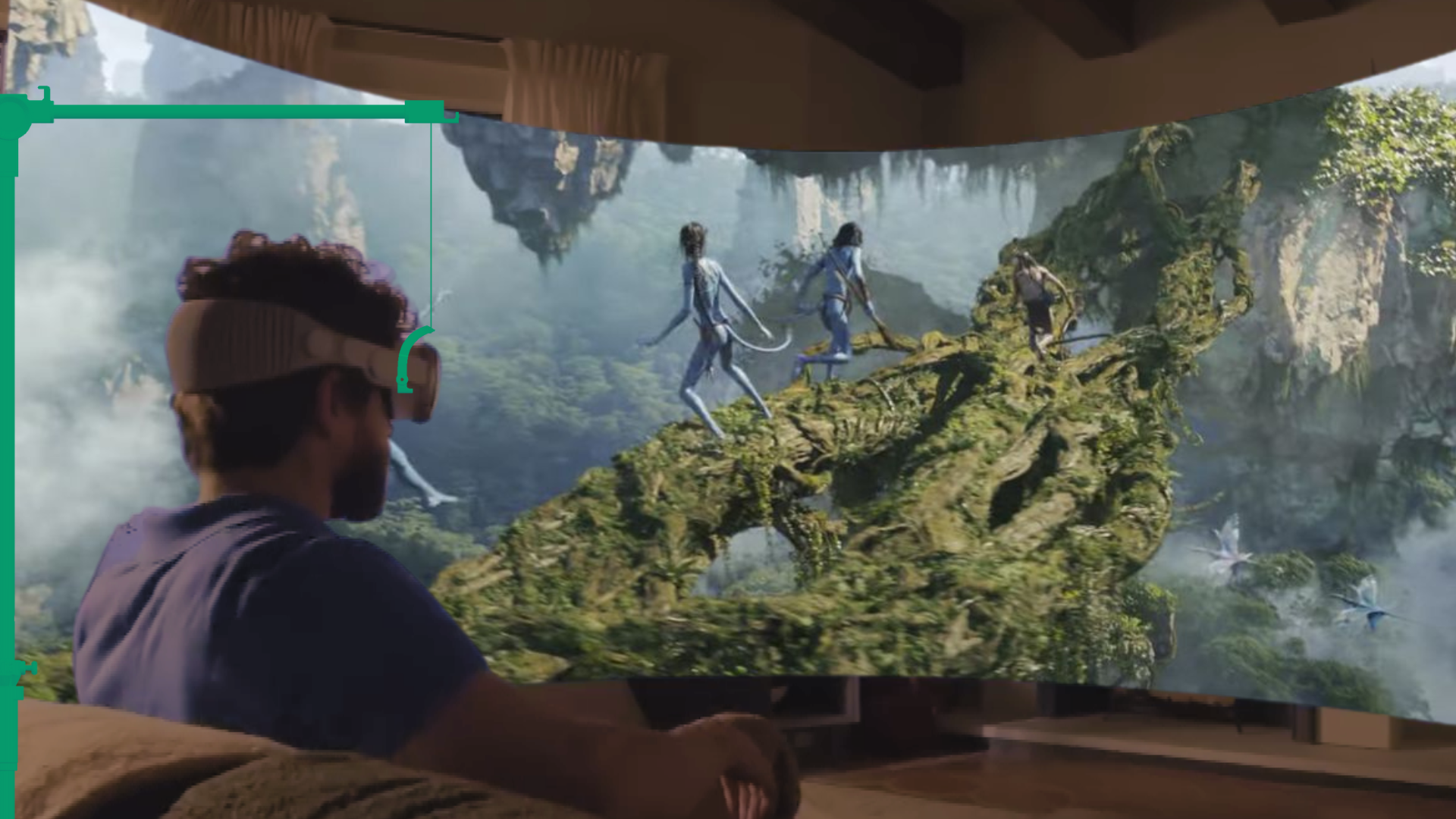
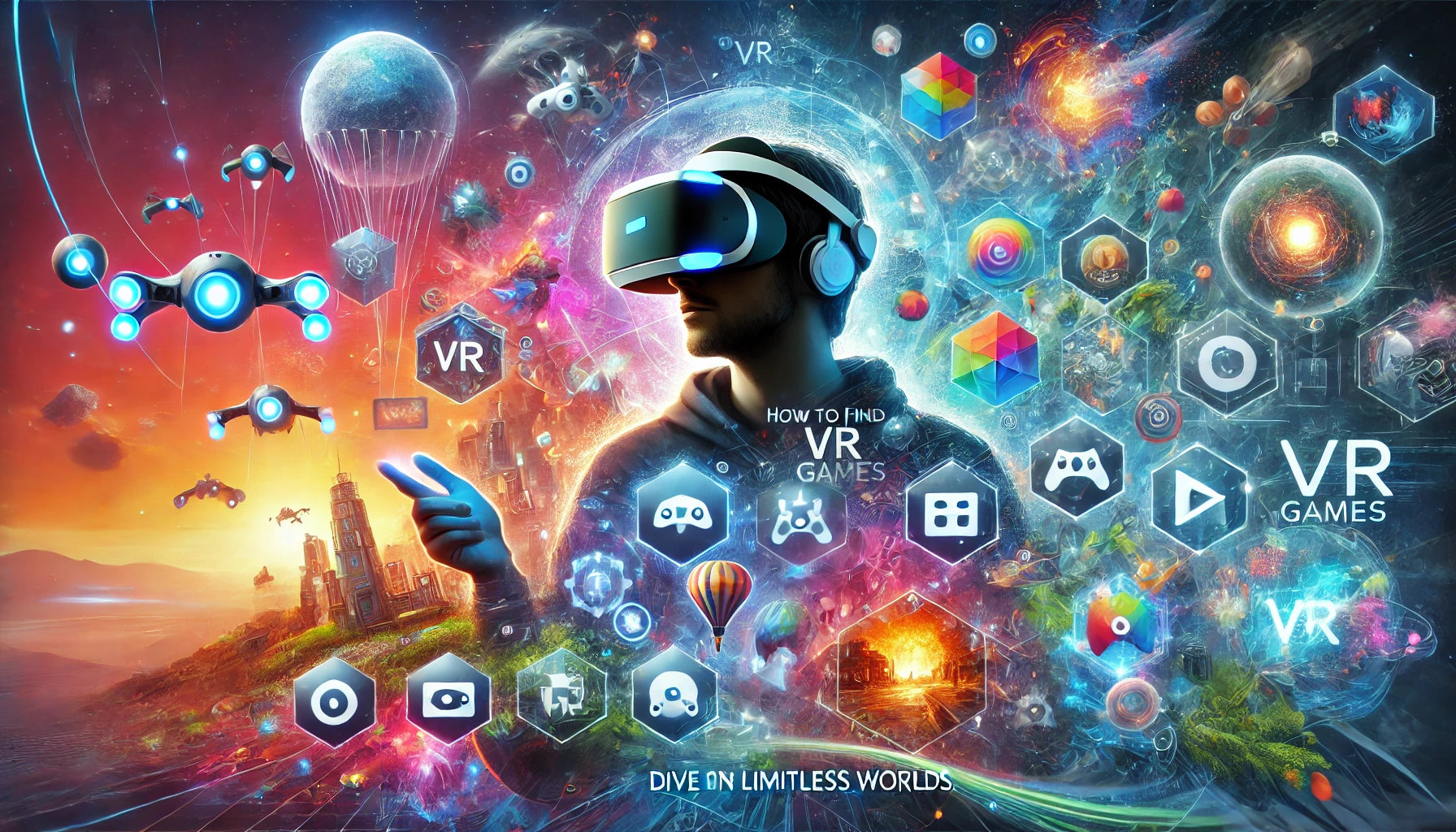
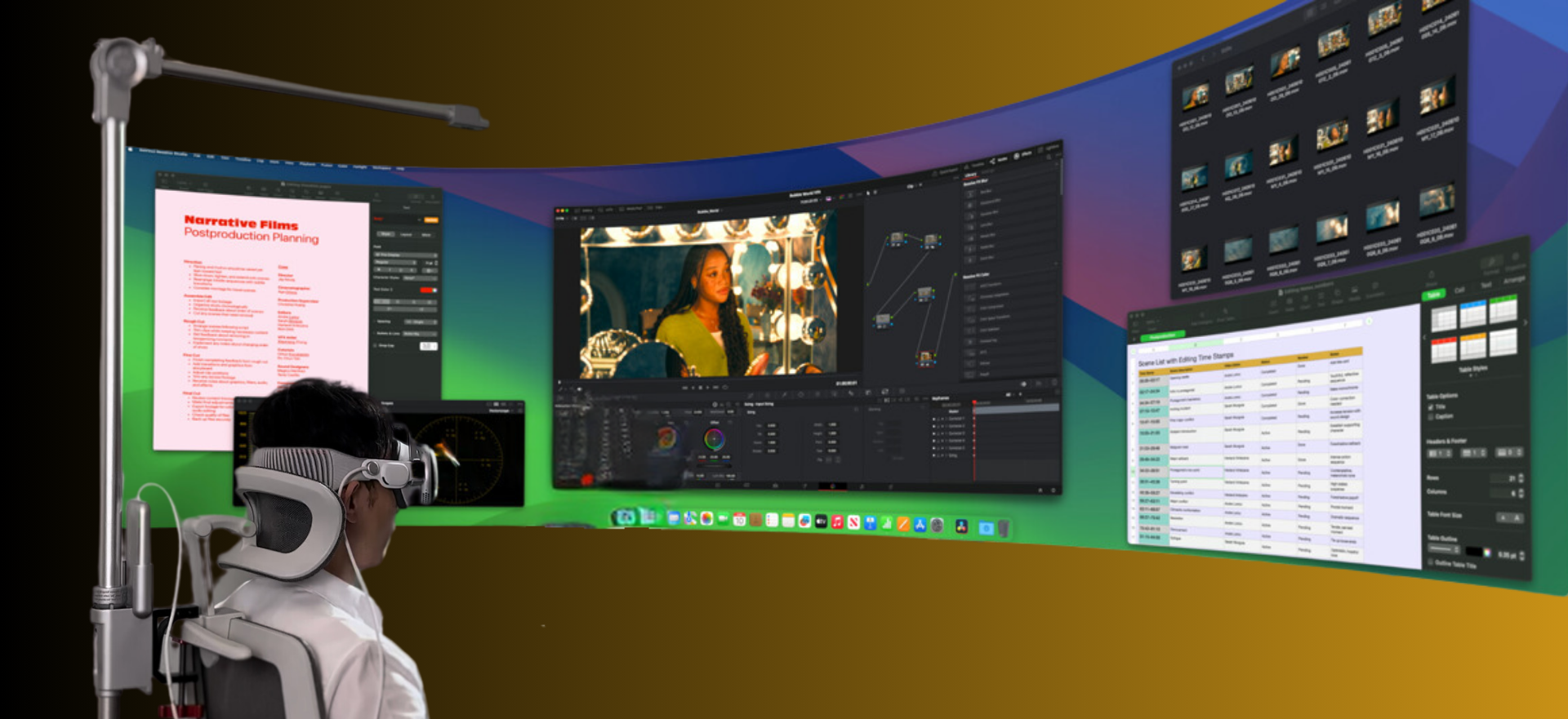
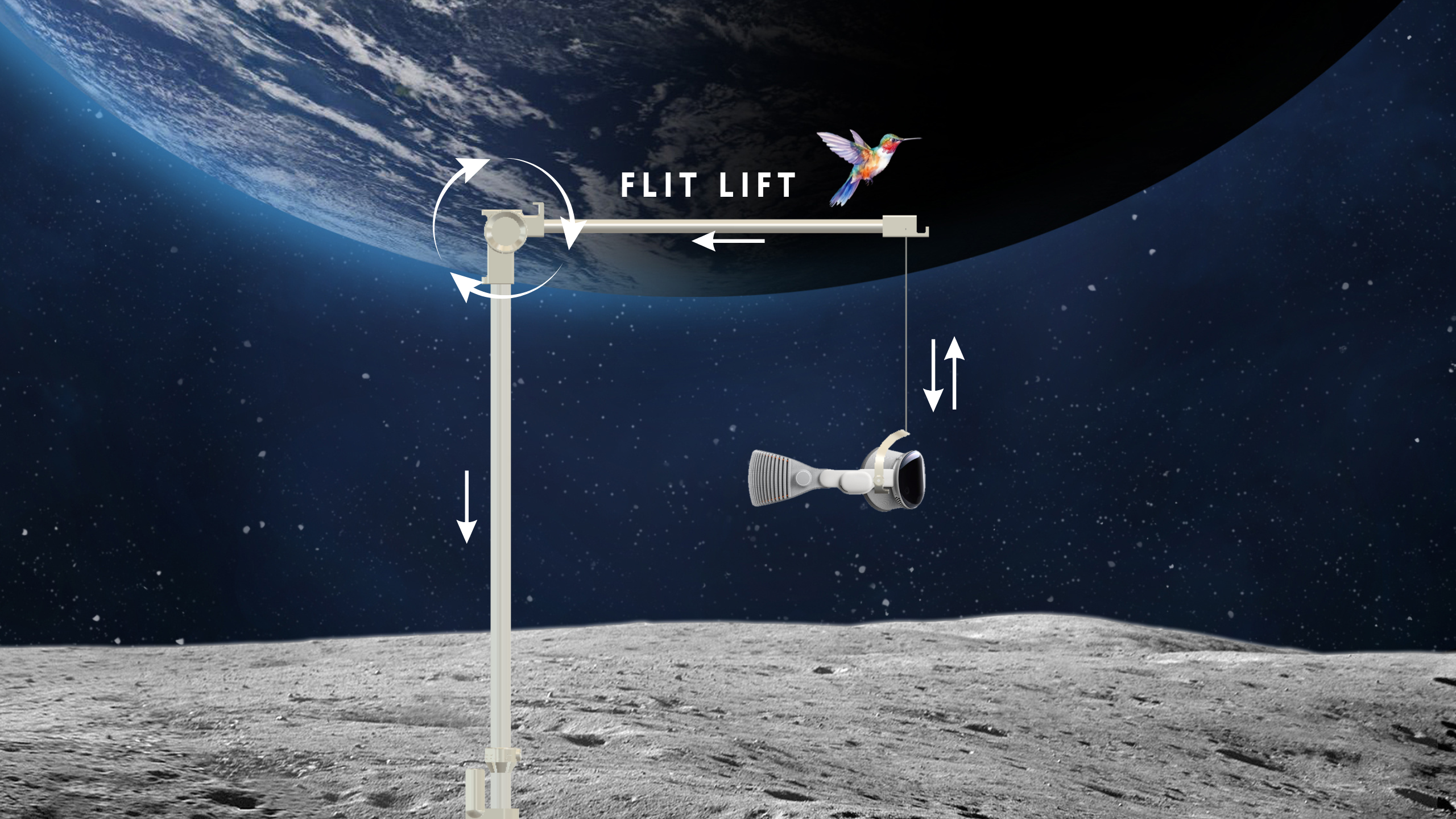

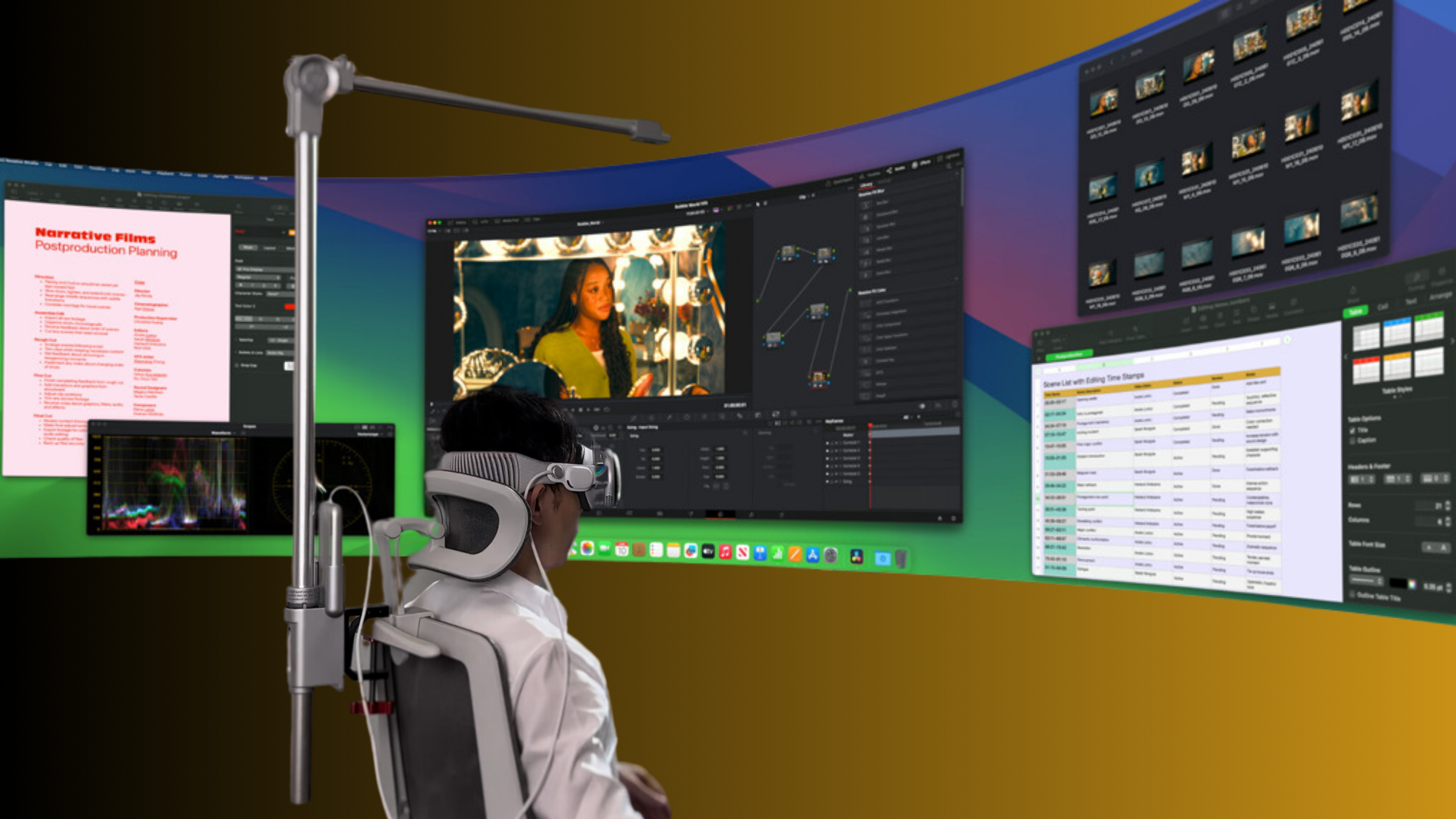

Share:
Ergonomics Explained: Quantifying the Comfort Benefits of Dynamic Lifting in VR
Engineering a Weightless Feel: Materials, Balancing, and Straps That Distribute Pressure